Yes, That Thing Has a HEMI®!
Who knew decades ago that four ubiquitous letters of the alphabet would be a rallying point for Mopar® fans across the globe? While the word “HEMI®” dates back to the early 1950s and even before that, its association with the Chrysler brand has been fused together and they perfectly match like chocolate and peanut butter. The HEMI engine lived in different configurations and sizes during its life, but when the GEN II HEMI V8 engine architecture grew to 426 cubic inches and burst onto the racing scene in 1964, it changed the world as the competition in NASCAR, USAC, NHRA and AHRA ran for cover. So dominant was this new engine, the major racing organizations had to rewrite the rule books. The 426 HEMI V8 engine has the dubious honor of being banned, outlawed and even factored to death in racing to appease the Chevy and Ford camps who felt Chrysler’s newest engine had an unfair advantage. Maybe the competition was correct, and there was some voodoo magic, or an alchemy brew conjured up by mad scientists in Dyno Cell 13 located in Chrysler’s Highland Park Engineering Facility.
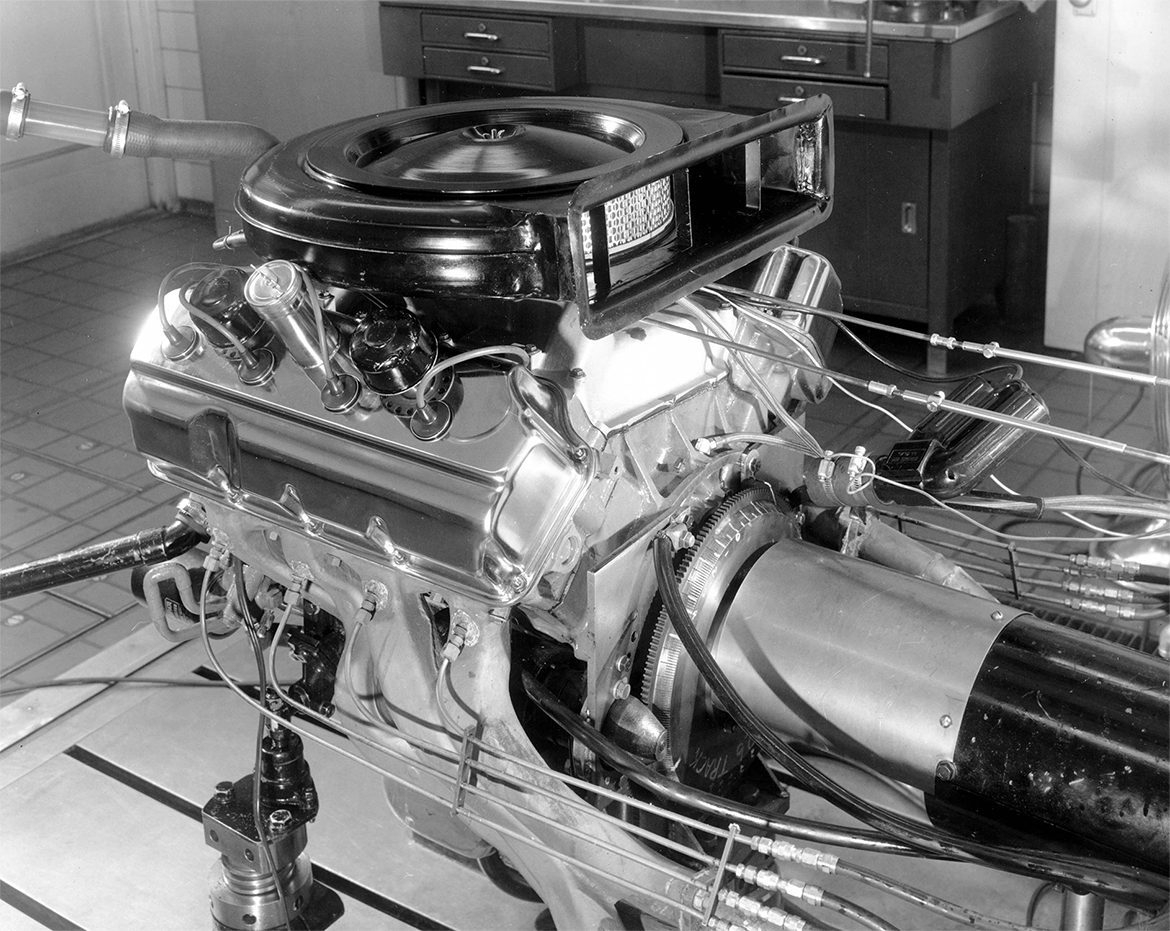
How the 426 HEMI engine came about is no secret. Senior level management at Chrysler needed an engine that would not just compete but dominate on NASCAR super speedways and NHRA/AHRA drag strips. Auto racing was gaining traction in the U.S. in the late 1950s and early 1960s. Stock car and drag racing was as American as baseball and cheeseburgers. It appealed to mass audiences and was relatable to the sedans customers drove. The timing was perfect, as the car buyers’ thirst for horsepower and speed needed to be satisfied. Racing was tailor made to get this message across to a new generation of car buyers who had more disposable incomes than the prior generation. Despite the introduction of the 413 Max Wedge in 1962, the cylinder head design may have lent itself to quarter-mile acceleration blasts (and very successfully as it obsoleted Chevy’s 409 V8 overnight), the Max Wedge cylinder head, with its inline valve layout, didn’t have airflow capacity to sustain engine speeds at 7500 RPM, something that was needed for the NASCAR’s Daytona 500 and their other tracks. With their marching orders, Chrysler’s engineers went to work designing a hemispherical cylinder head that could be used on a modified and retooled “RB” engine block.
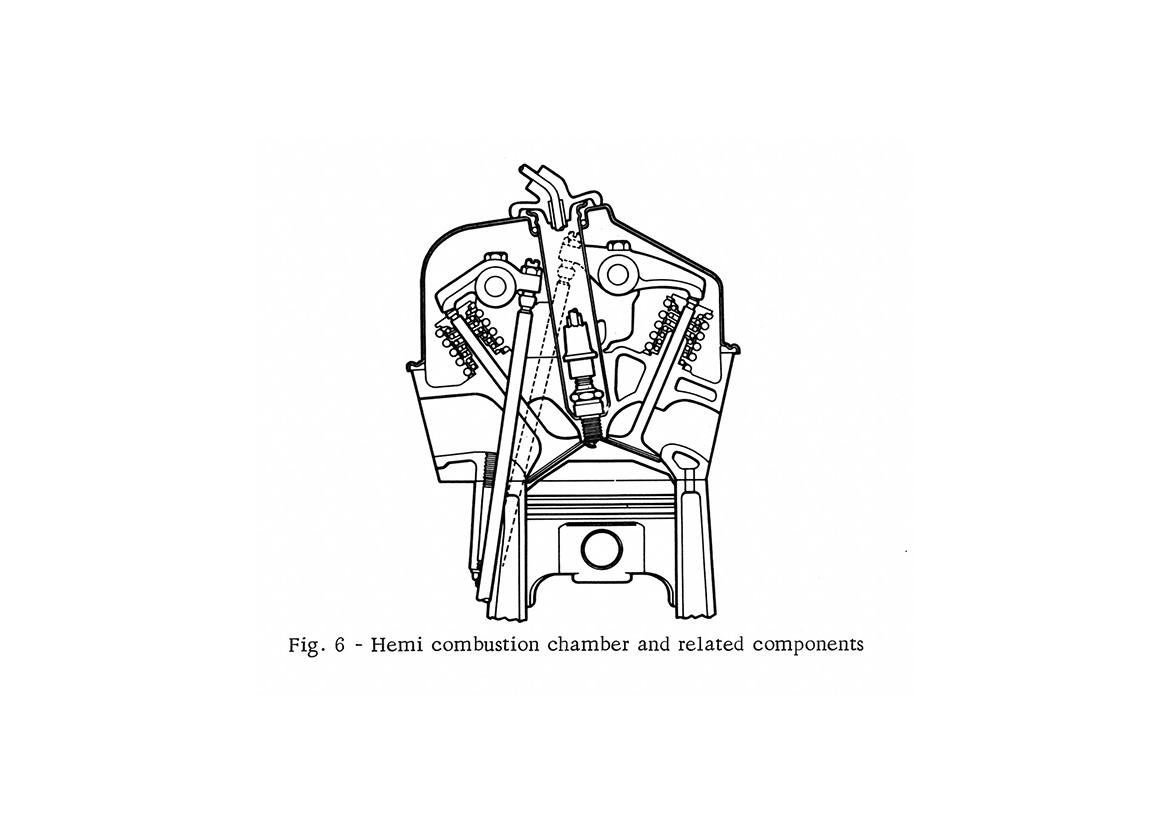
The new HEMI cylinder head featured massive ports, free-flowing combustion chamber and huge valves (2.25-inch intake/1.94-inch exhaust) that fed massive amounts of air into the head and expelled the spent exhaust gasses.
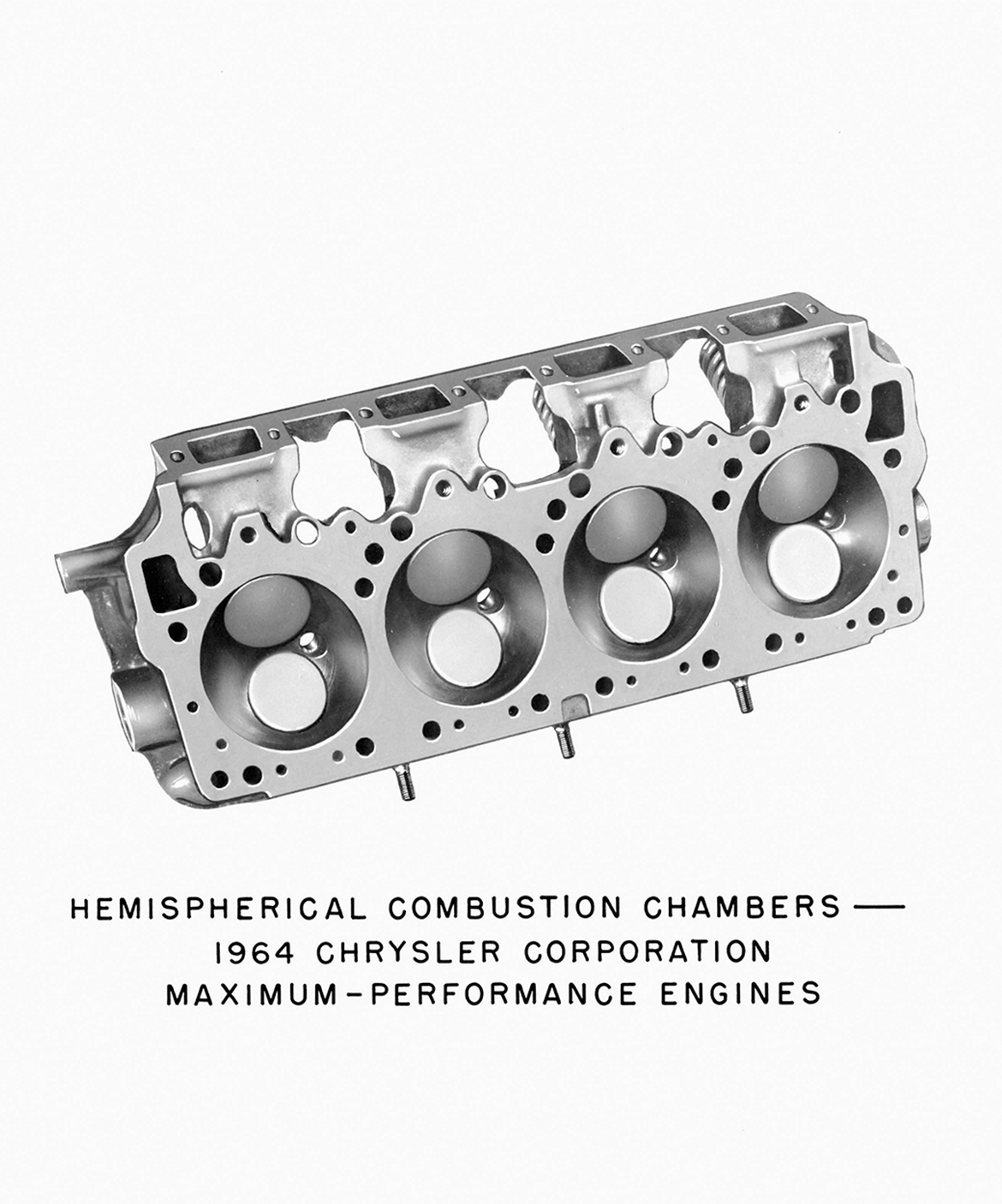
There was a dedicated group within Chrysler made up of marketing, product planning and engineering folks that made the 426 HEMI engine a reality. Getting a new engine approved for racing is a major undertaking and takes an army of passionate individuals that share the same goals. Leading the charge was an unknown hero named Jack Charipar.
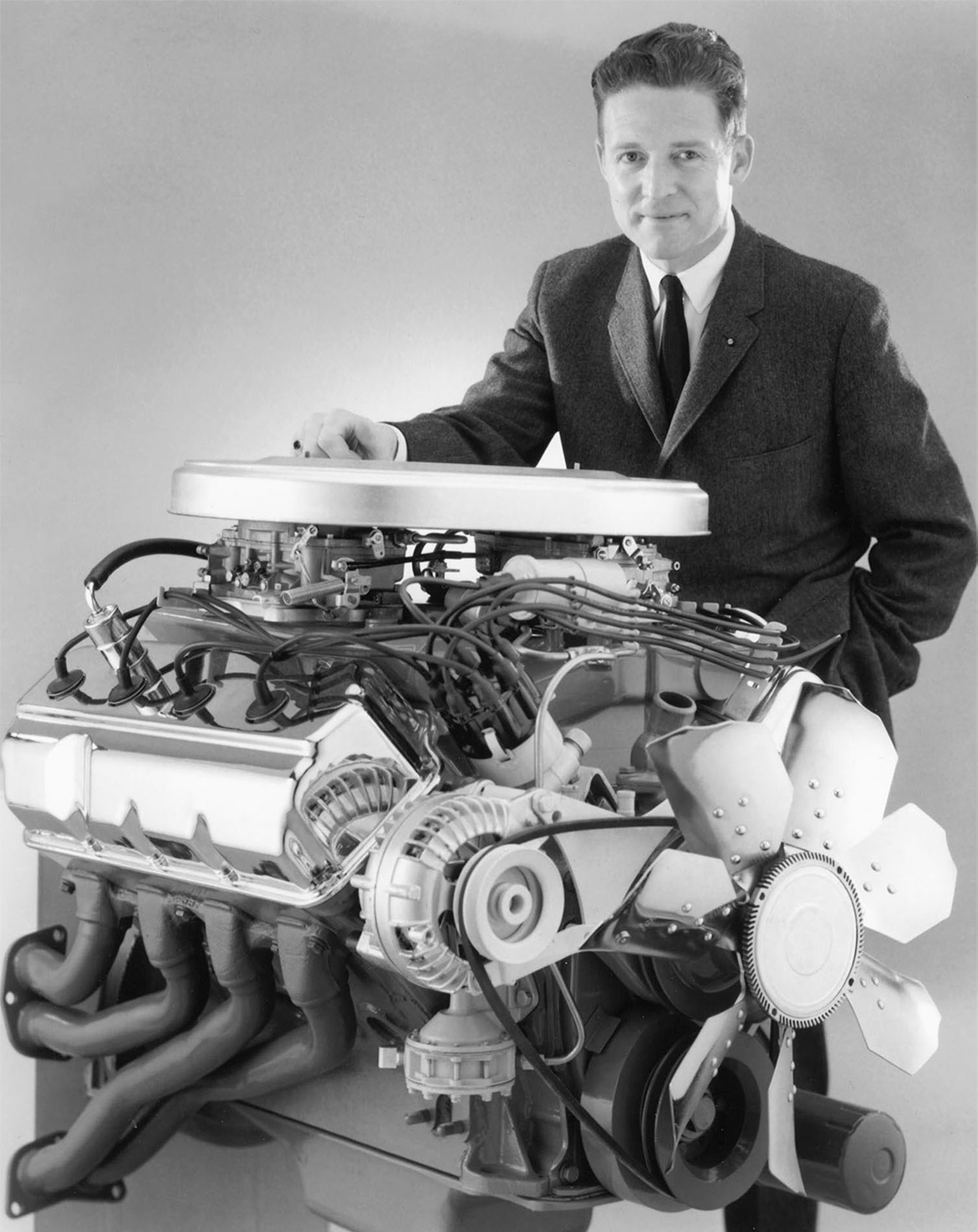
Jack Charipar convinced the executive board that the 426 HEMI engine would get the job done and bring Chrysler the NASCAR victories that had eluded them for many years despite dominating in the mid-1950s with the early HEMI engine-powered 300. He, along with Tom Hoover and others, did their due diligence to get the top executives to greenlight the program in early 1963. And like they say, the rest is history as Richard Petty and his HEMI engine-powered Plymouth dominated the 1964 Daytona 500.
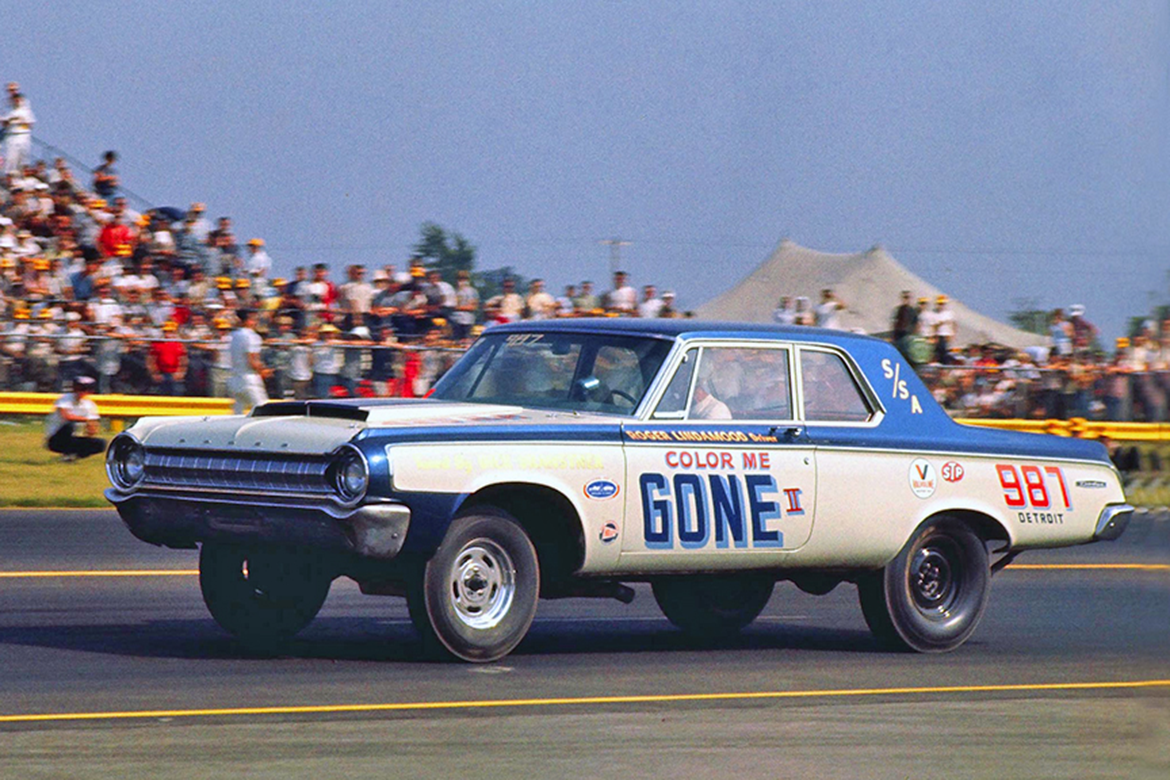
As the HEMI engine reigned supreme in NASCAR, it was also tearing up drag strips across the country as the Ramchargers Dodges and Golden Commando Plymouths set new ET and MPH records with their production-based 426 HEMI “Package Cars.” Other Mopar racers were also winning their share of races. The 1964 season did have some backlash, so dominant was the 426 HEMI engine that NASCAR banned it for 1965 and even NHRA instituted rule changes that would have Mopar racers juggling classes between Stock and FX.
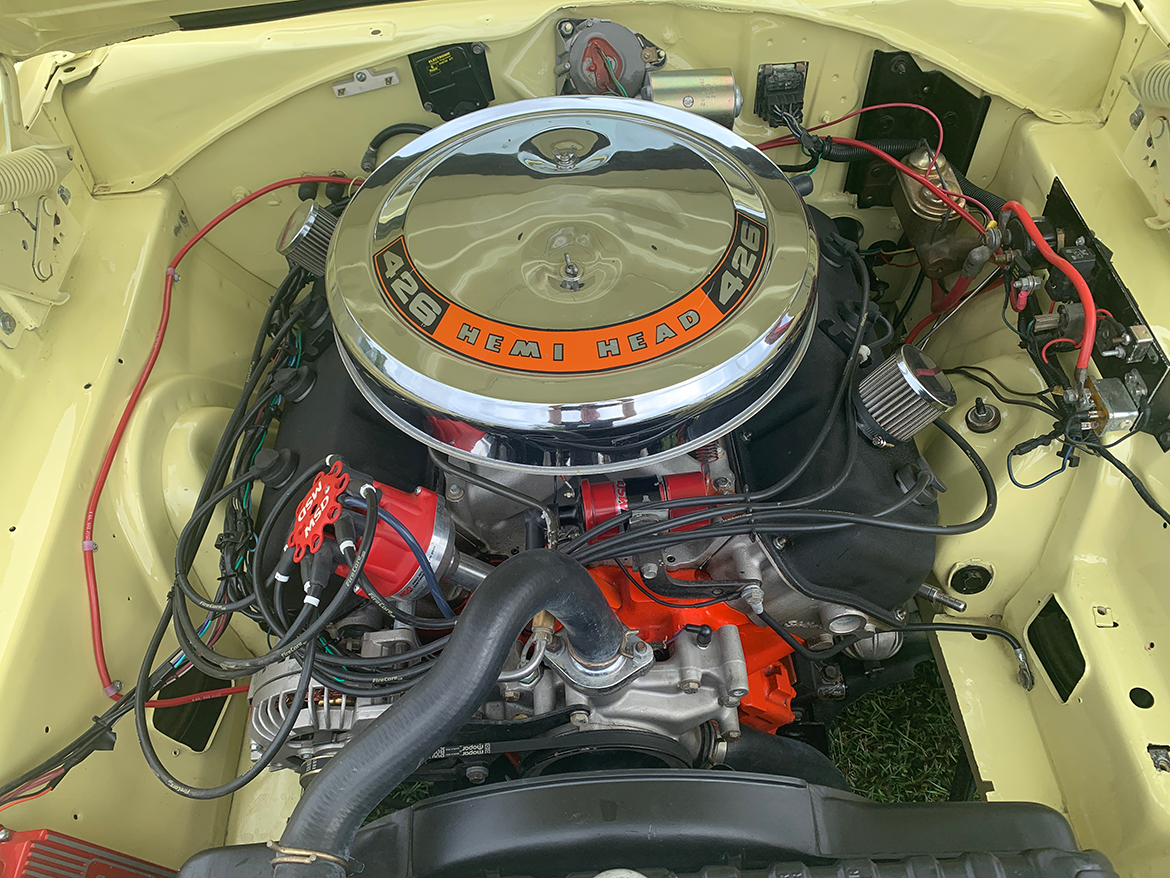
I guess we could thank all the racing rules makers that forced Chrysler to create the Street HEMI engine in 1966. Here, the engine’s competitive reputation soon made believers out of thousands of gearheads who got their kicks on the avenues and boulevards of cities and towns across America. The Street HEMI engine was a tamer version of its racing sibling and had decent street manners in all sorts of weather conditions. Chrysler even acknowledged HEMI in many of their national ad campaigns to entice performance car buyers to order this King Kong of an engine.
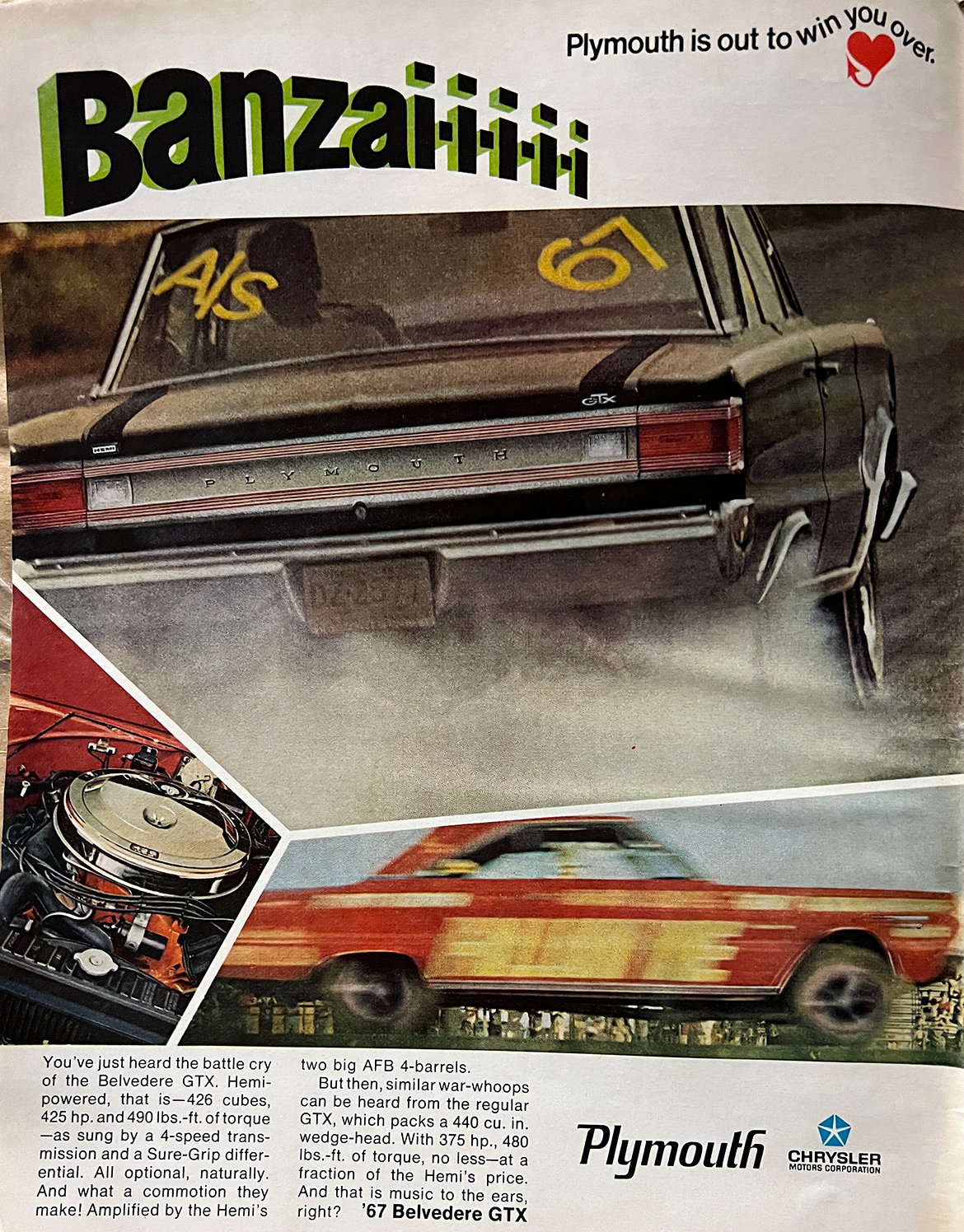
And while muscle car sales were ramping up, the 426 HEMI engine was back to dominating oval tracks and drag strips. During the late 1960s, Chrysler once again released HEMI engine-powered drag package cars and the 1968 Super Stock HEMI Darts and Barracudas, which continue to race and win today.
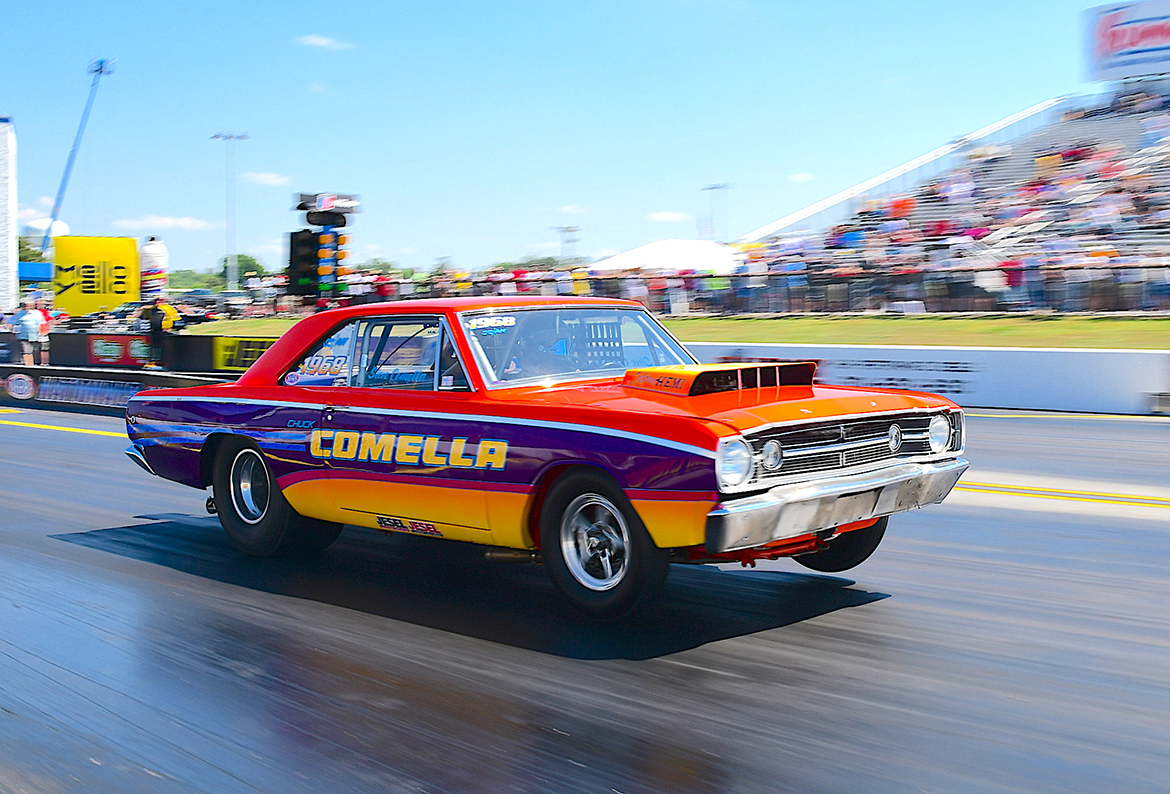
The basic architecture of this legendary engine also powers earth-shattering, nitro-burning Top Fuel Dragsters and Funny Cars. These HEMI engine-powered vehicles have the honor of being the world’s fastest accelerating vehicles, regardless of which car manufacturer’s name is plastered on the side. No other engine can claim that which says a lot considering the 426 HEMI engine’s basic cylinder and block design was done when man just started venturing into outer space.
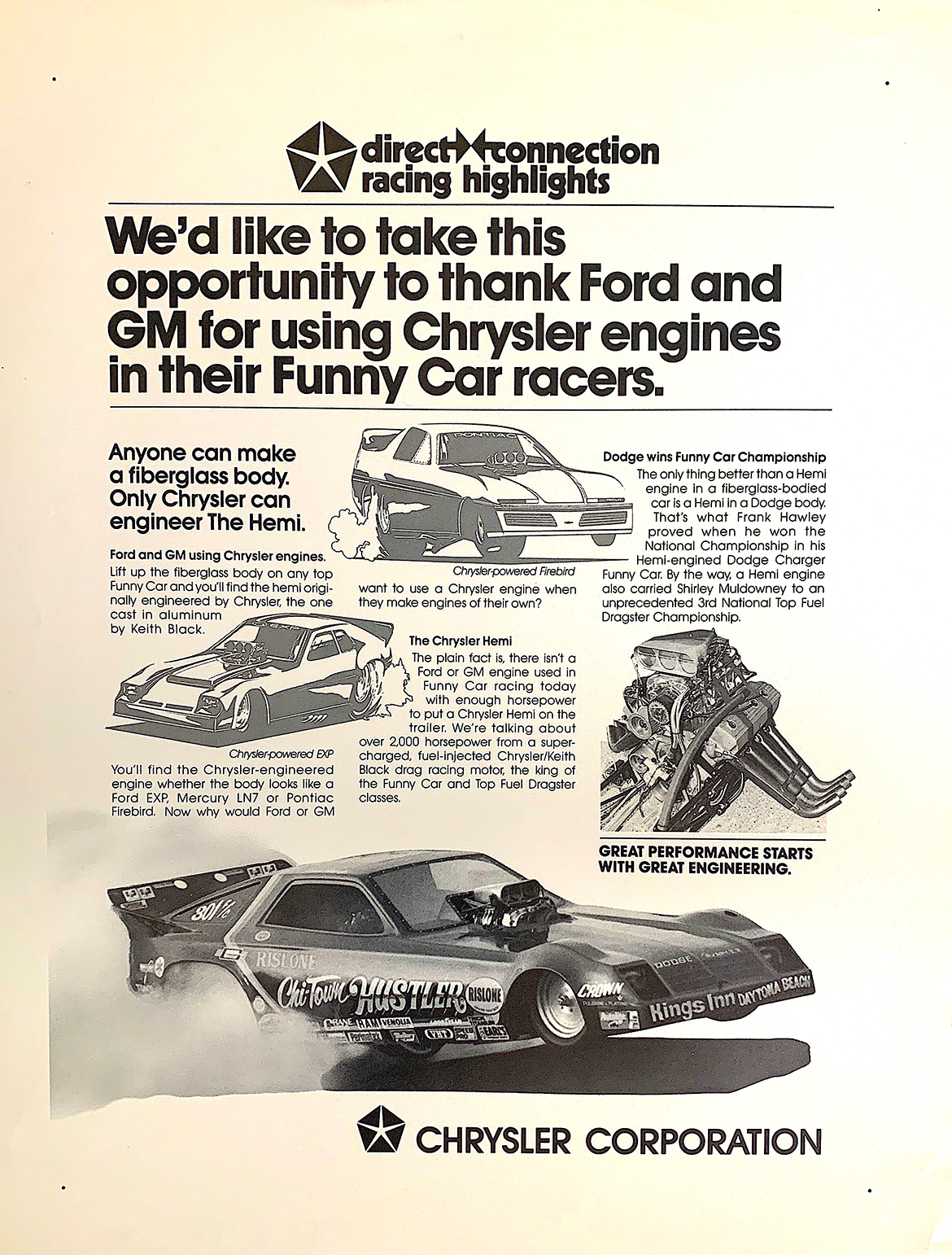
The 426 HEMI engine also had a major impact on racers and enthusiasts who’ve had the opportunity to race one of these things and feel the power as it hits high gear. “The 426 HEMI changed racing and it changed my world,” said former Mopar Super Stock and Pro Stock acer Herb McCandless. “The HEMI opened so many doors for me in my racing career of running in NHRA and AHRA. I was able to make a living my whole life because of this legendary engine!”
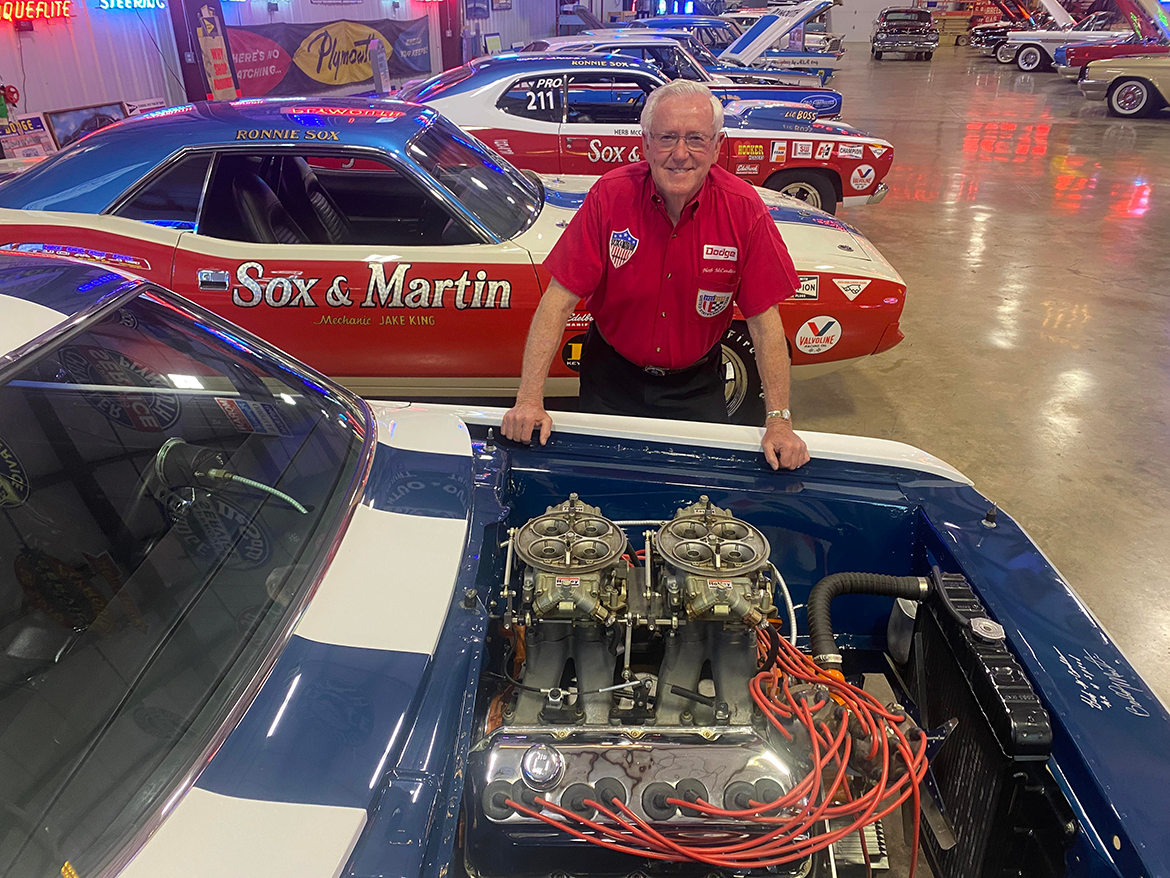
Even in more sedate street cars, the 426 HEMI engine has left its indelible mark on enthusiasts looking to shrink time and distance. “After 6000 rpm, the brute horsepower is awesome, as it keeps on accelerating,” said Bob Karakashian, who races an original 1970 Plymouth HEMI ’Cuda in the Pure Stock Drags. “The never-ending power is wicked and my ’Cuda has run 11.40 seconds at 121 miles per hour in the quarter in relative stock trim on Goodyear Polyglas bias ply tires.”
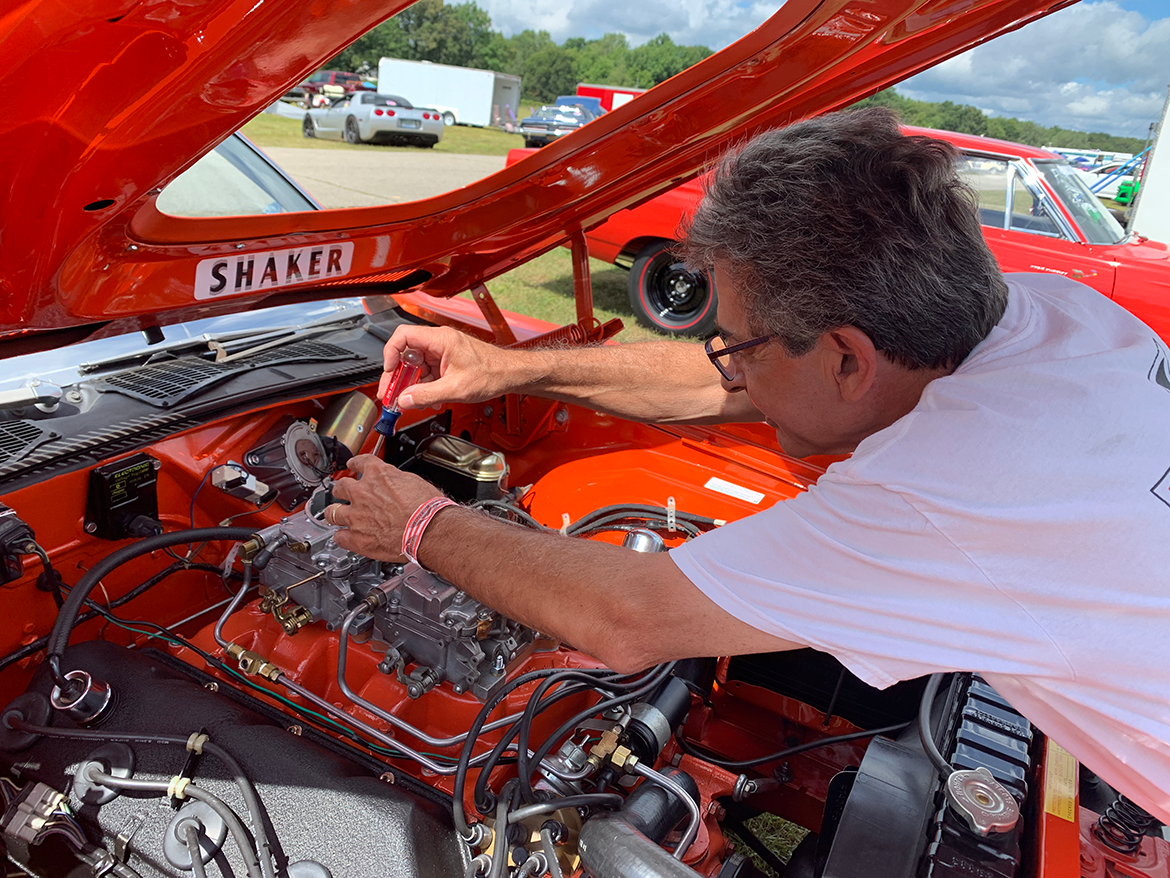
HEMI Day might not be an official holiday, and you can’t get cards at your local Hallmark store, but you can still celebrate by stepping on the gas, smoking the tires and feeling your lower back being shoved into the seat. The legendary rowdy engine has been making trouble for those who’ve crossed its path for the past six decades and it’s not slowing down anytime soon. Finally, we would be remiss if we didn’t acknowledge the late Mr. Tom Hoover who was the 426 HEMI engine’s godfather and championed the engine’s development and refinement for over a decade. Mr. Hoover would be proud that the HEMI engine lives on today.
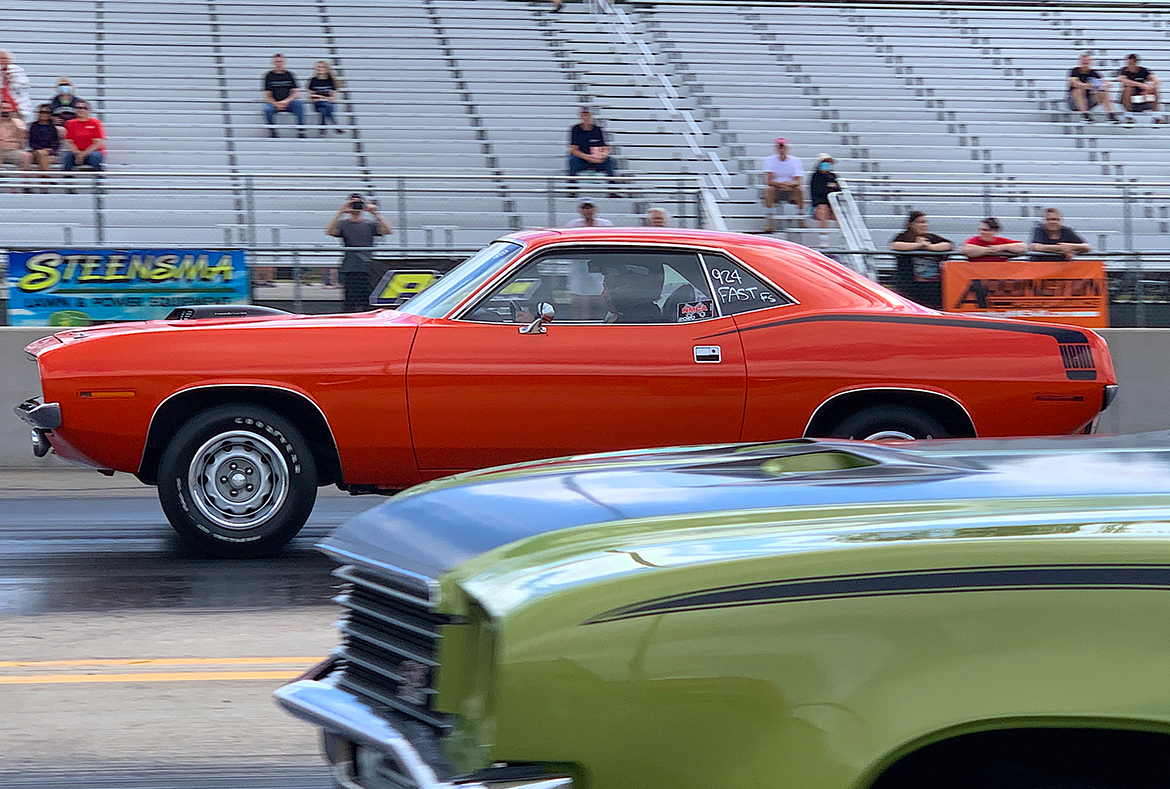
Check out these cool images that celebrate the life and times of the mighty 426 HEMI engine!

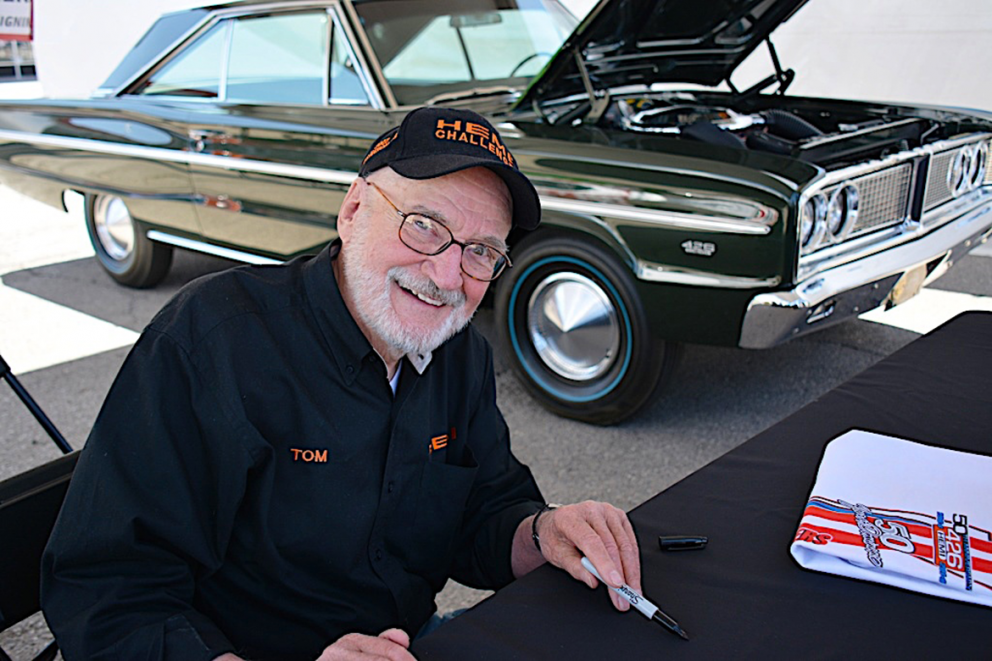
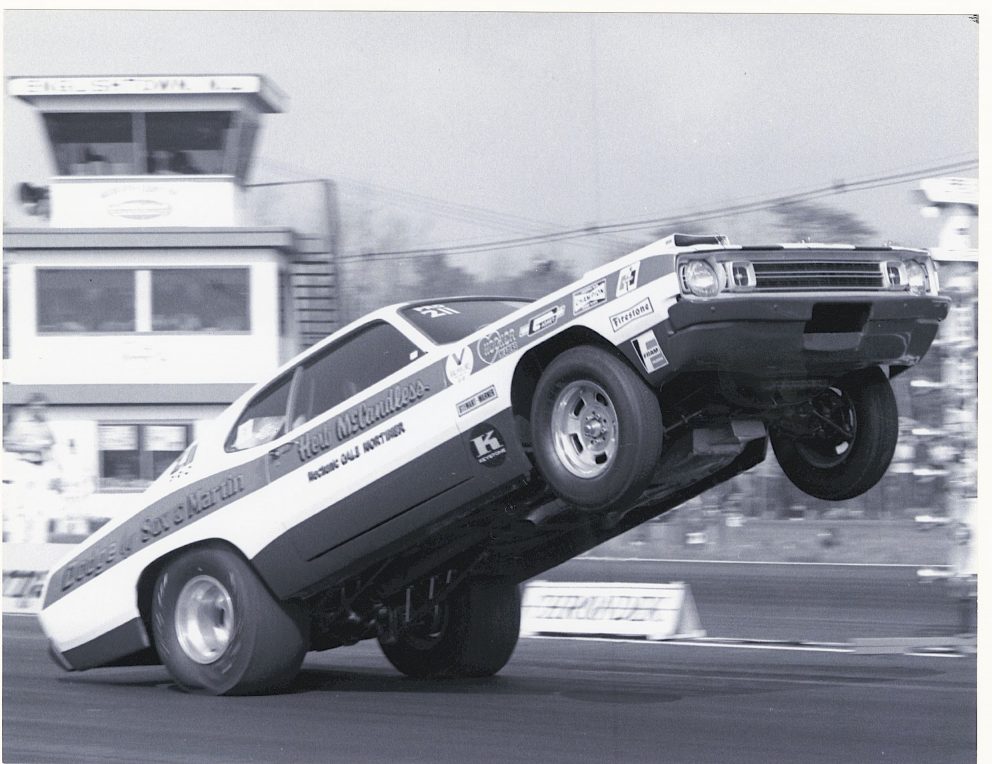
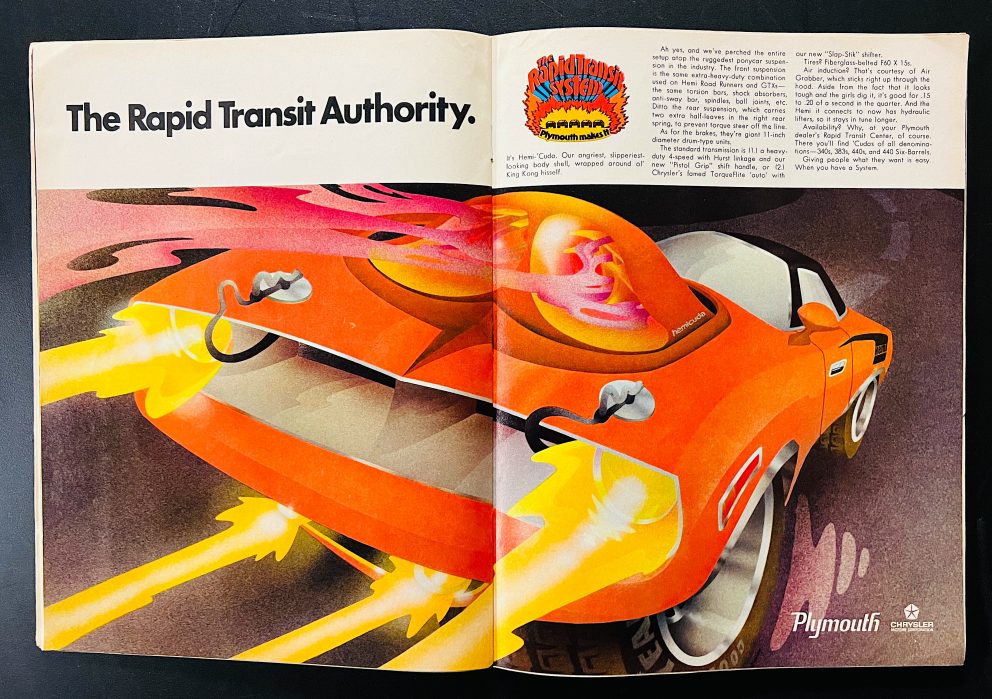
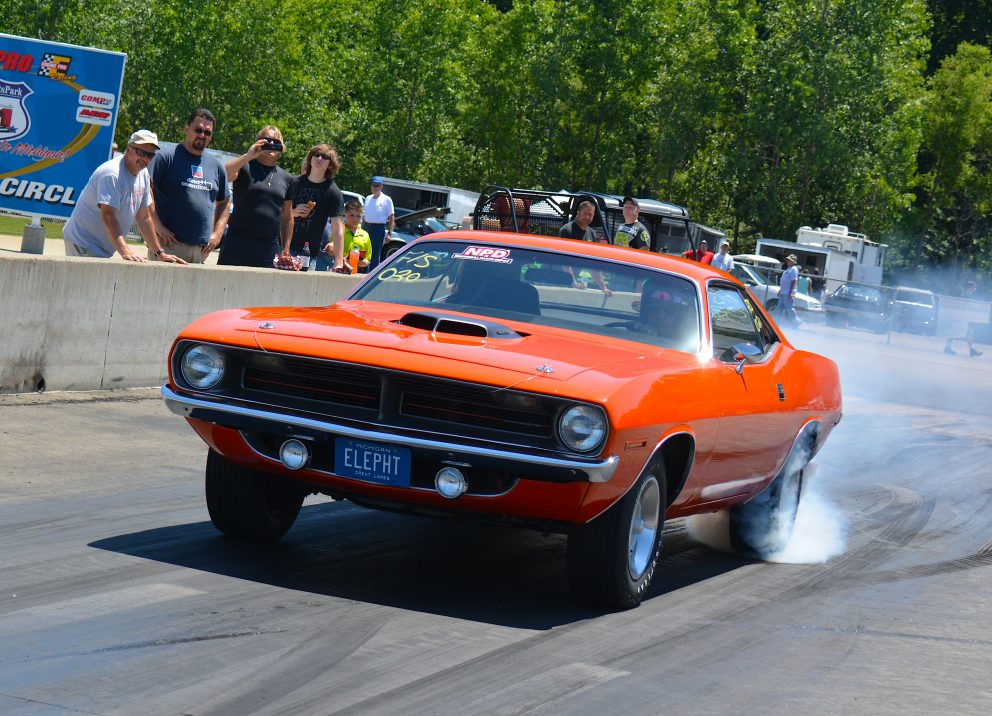
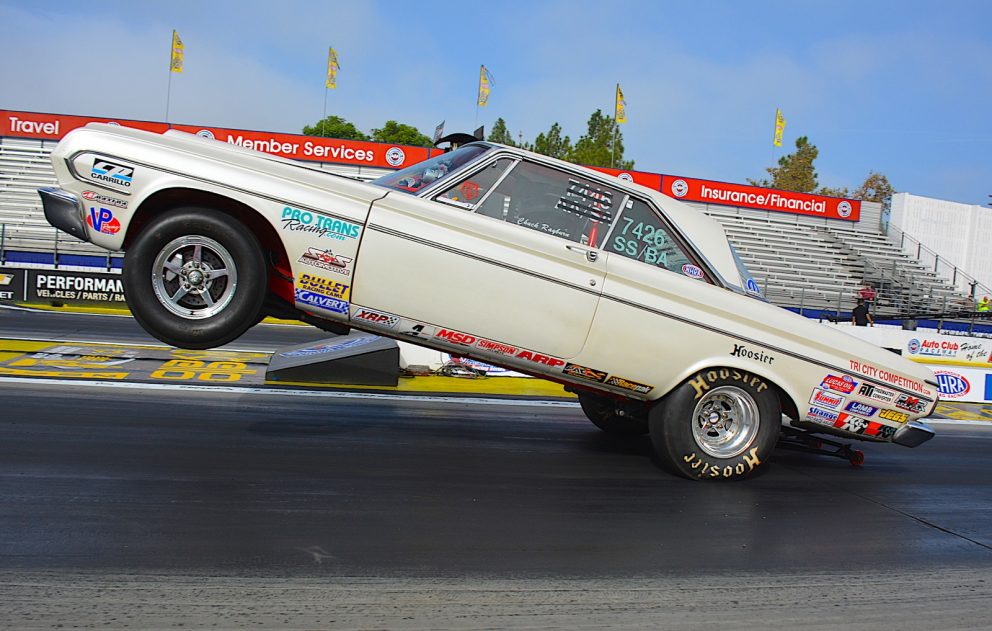
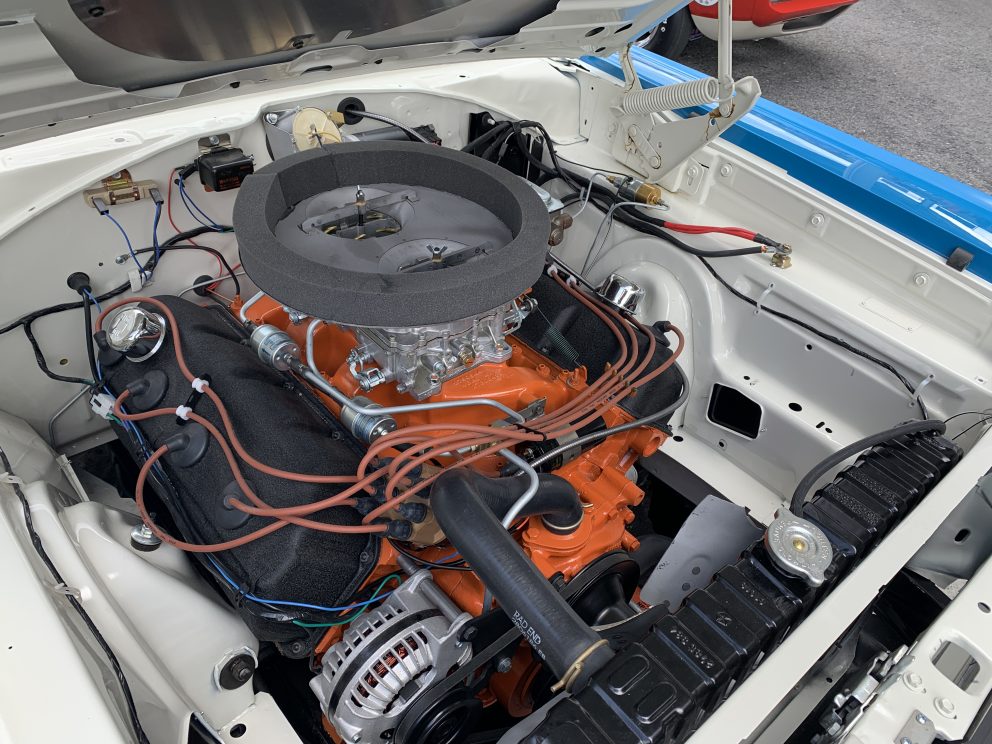
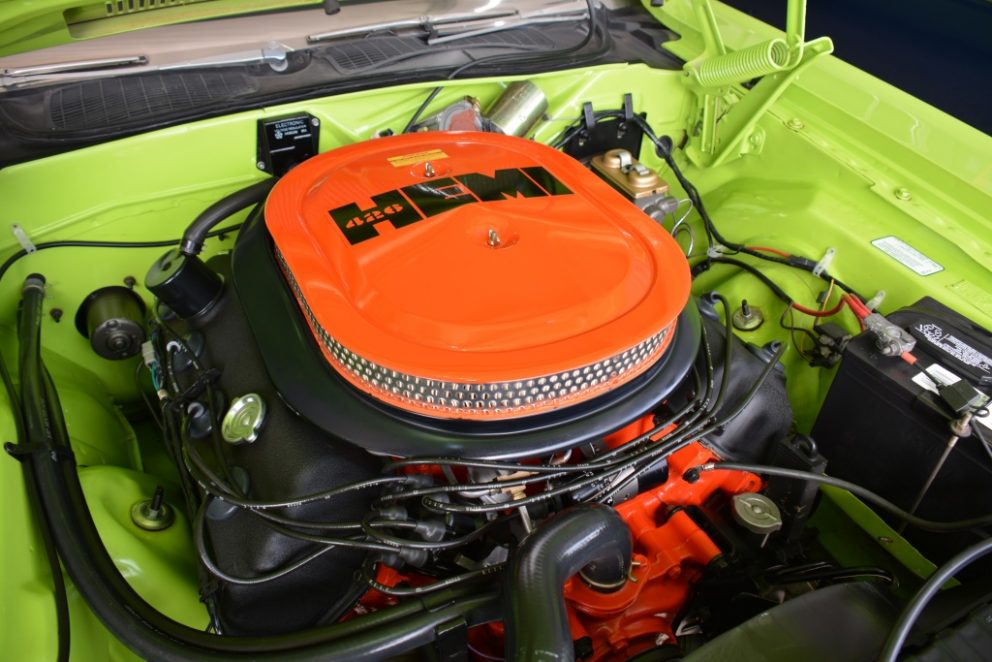
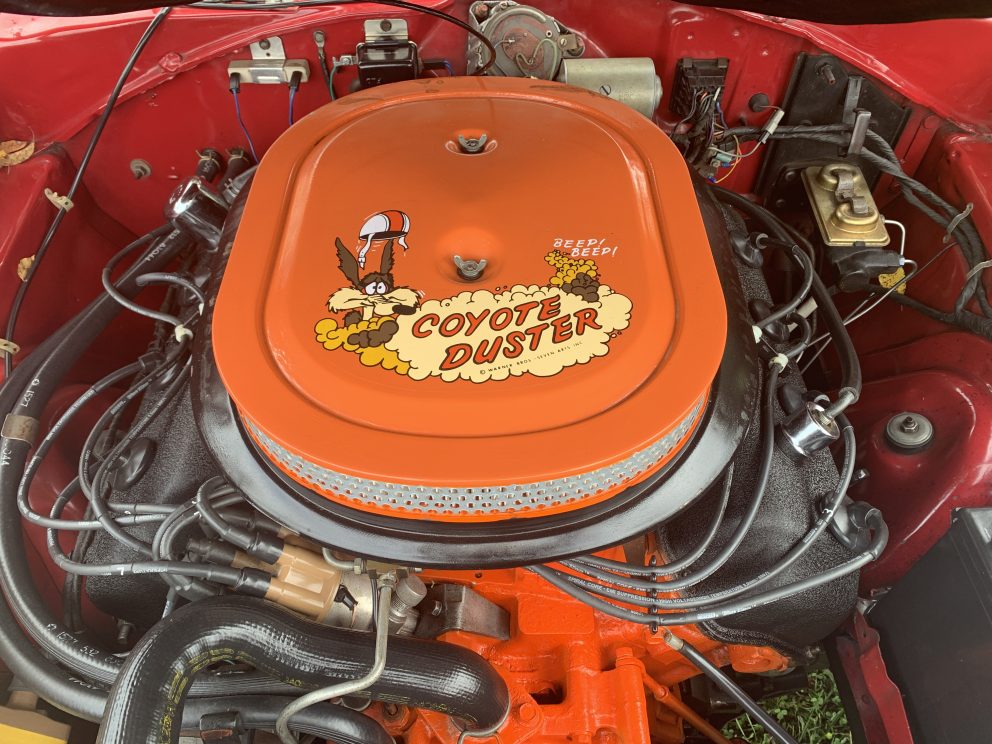
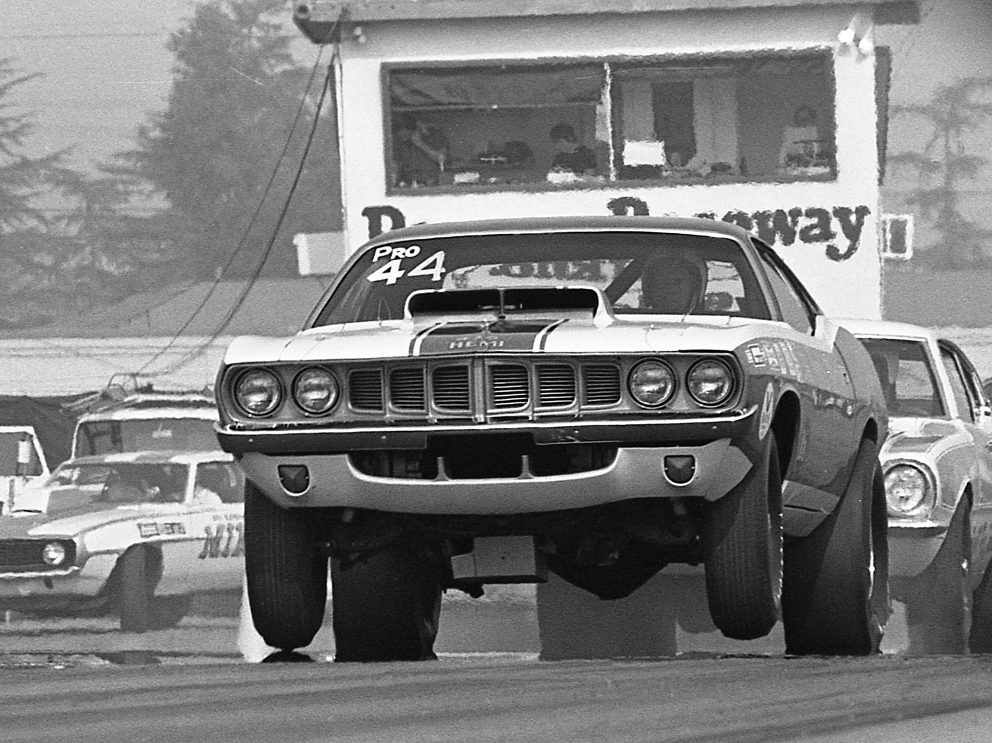
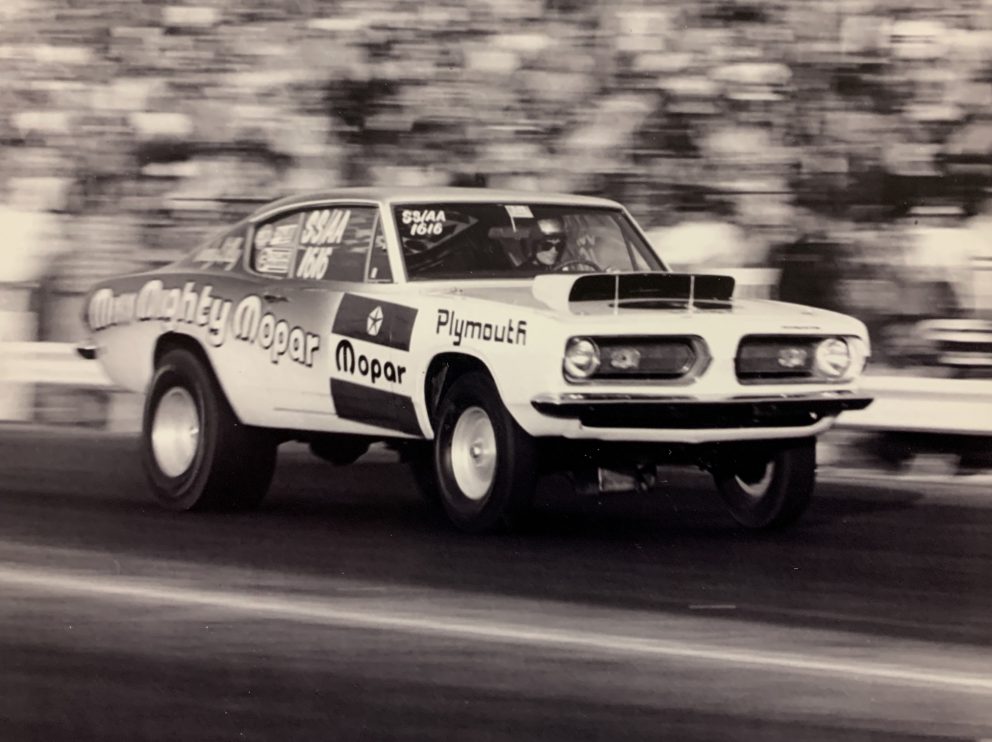
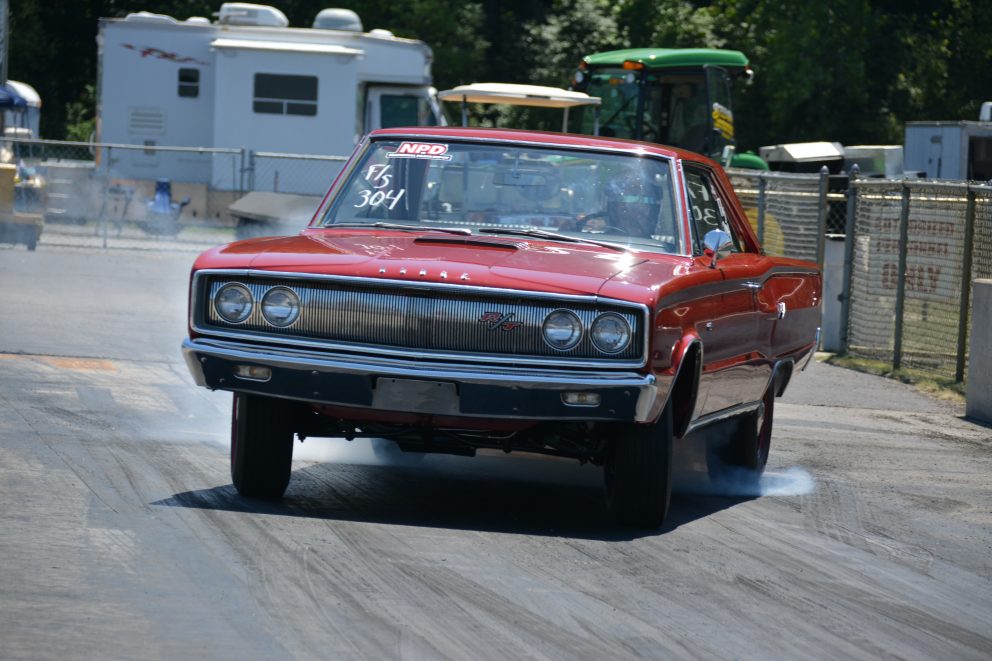
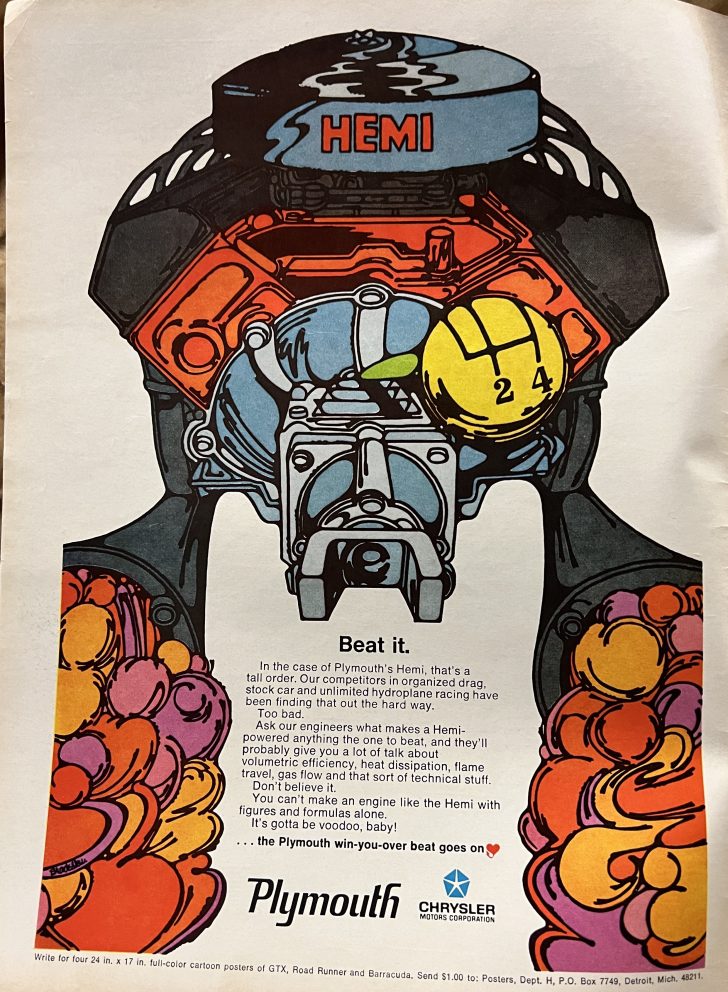
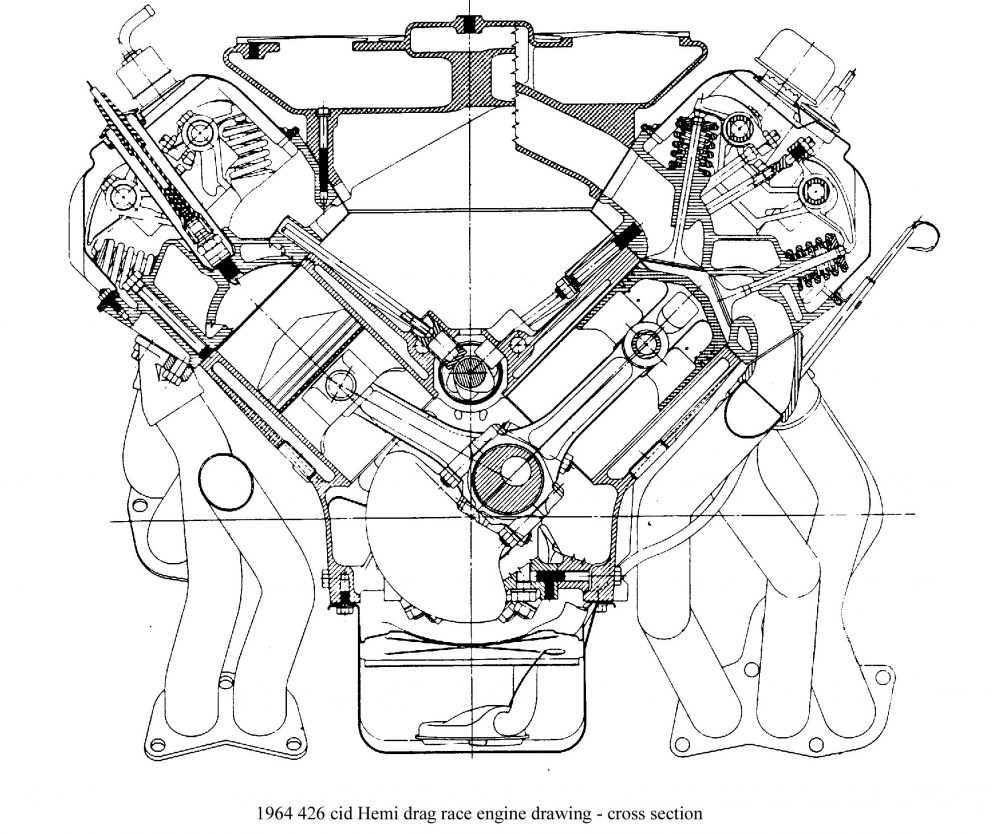
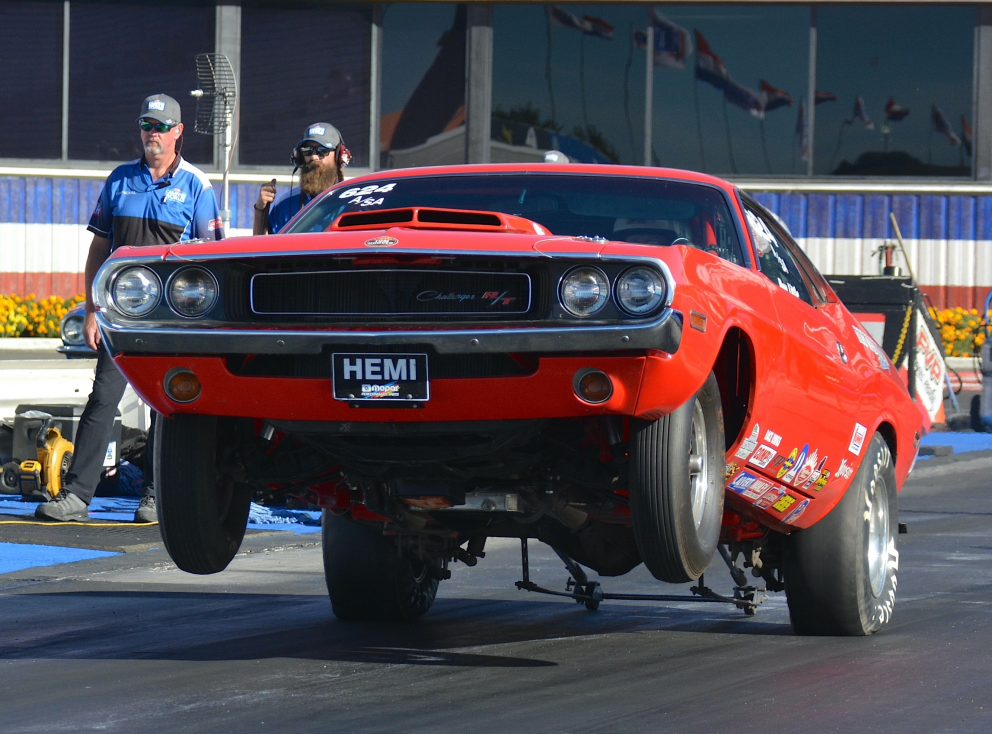
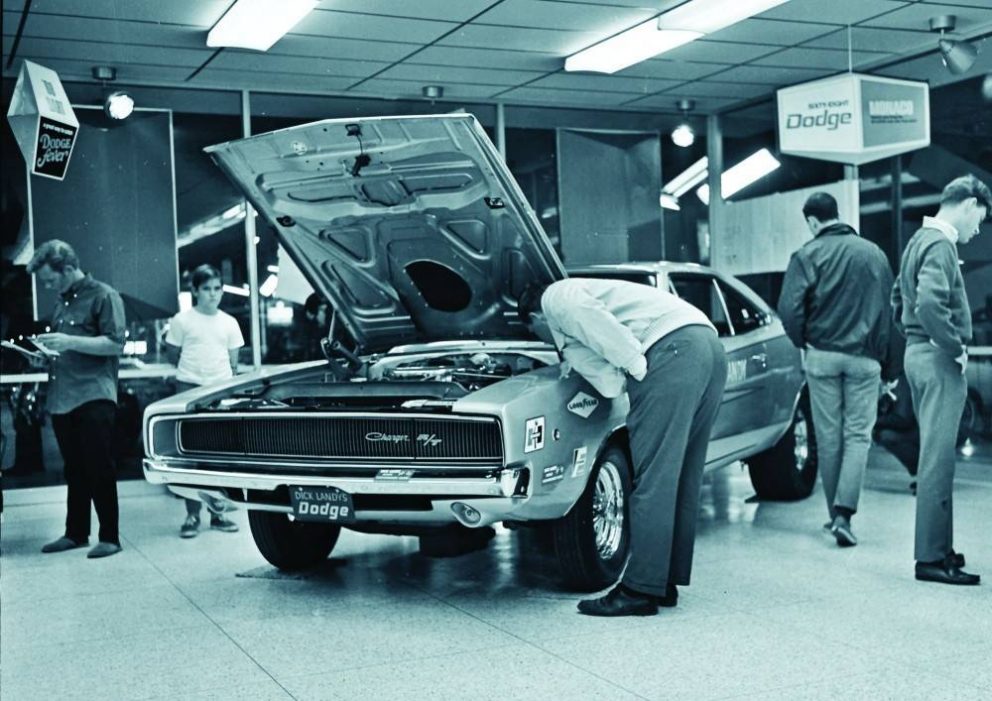
0 Comments